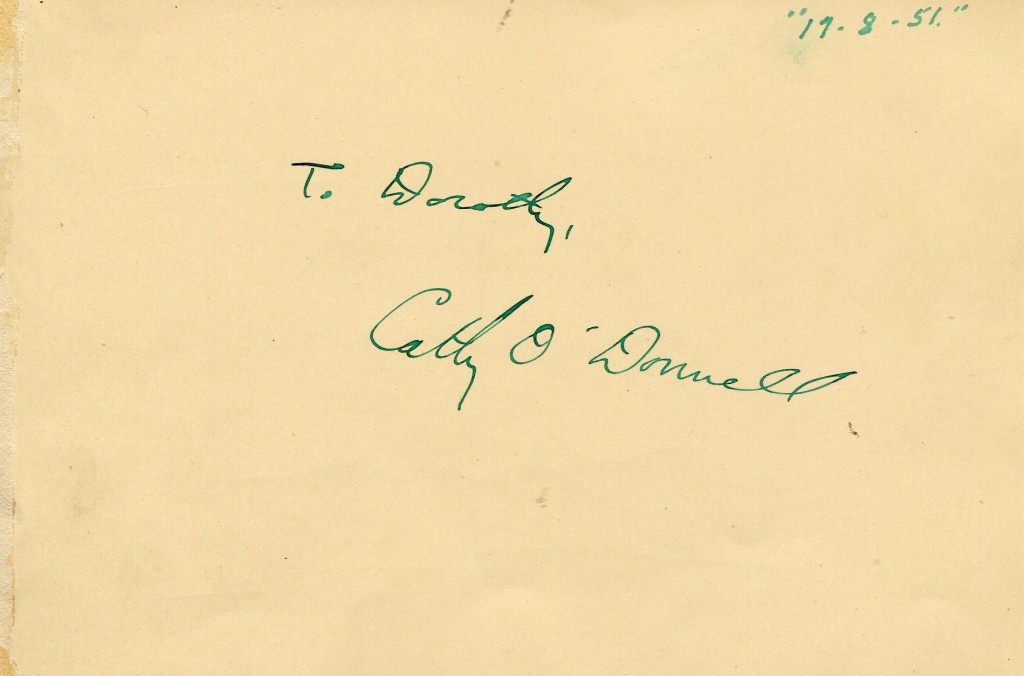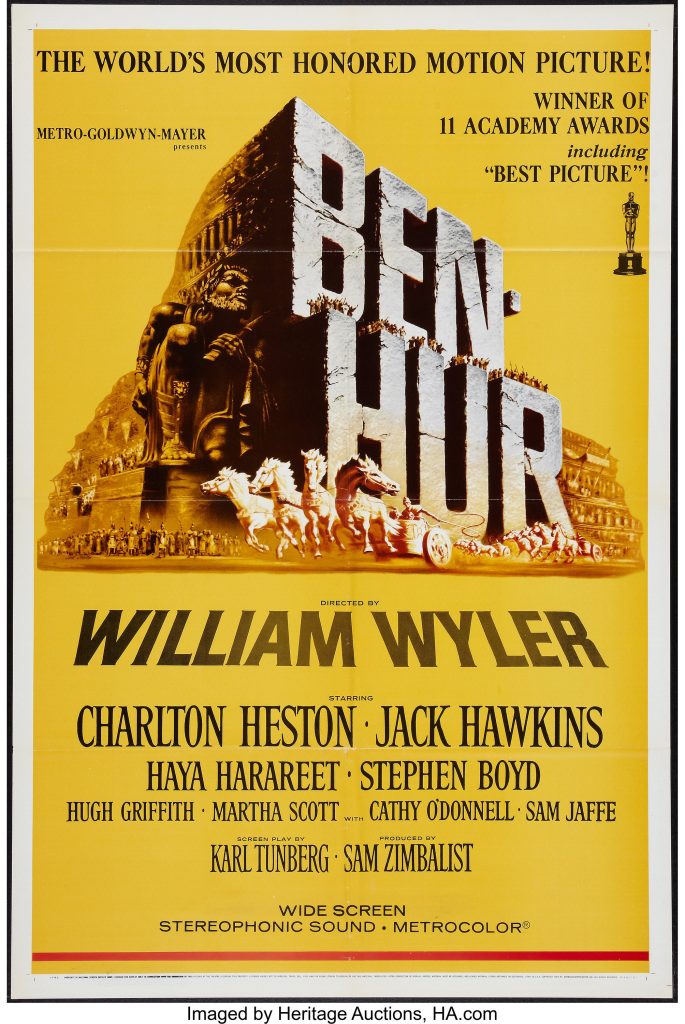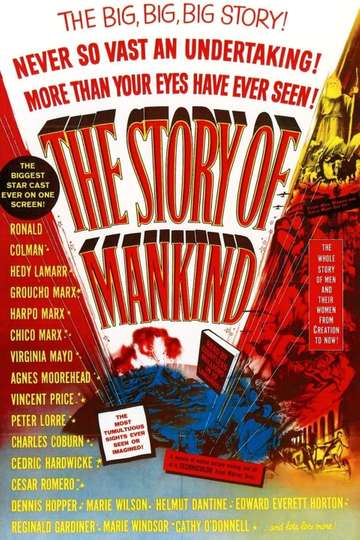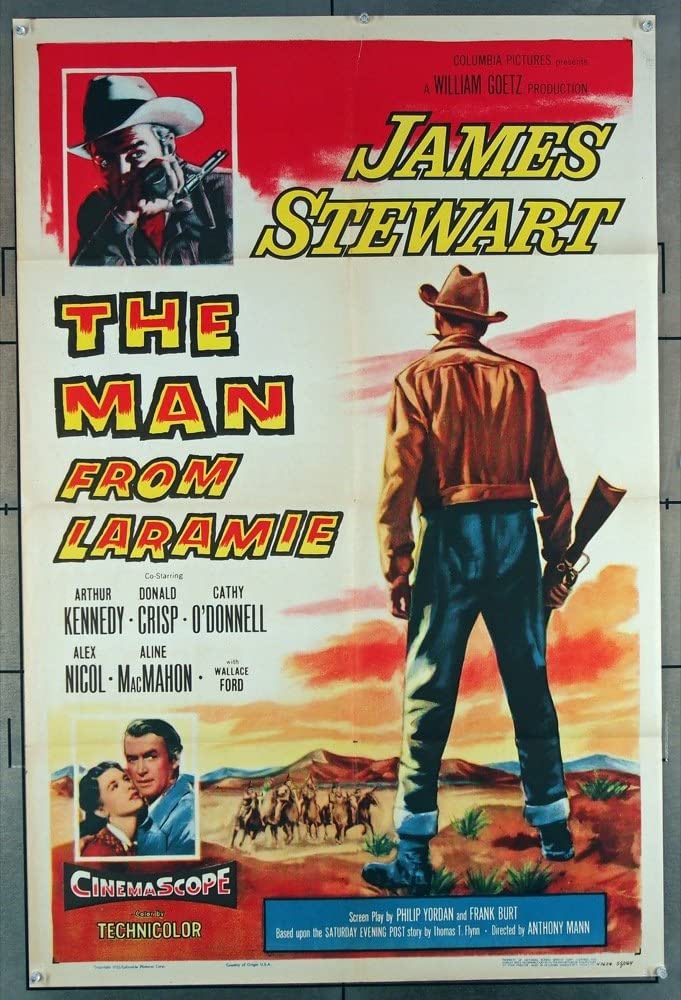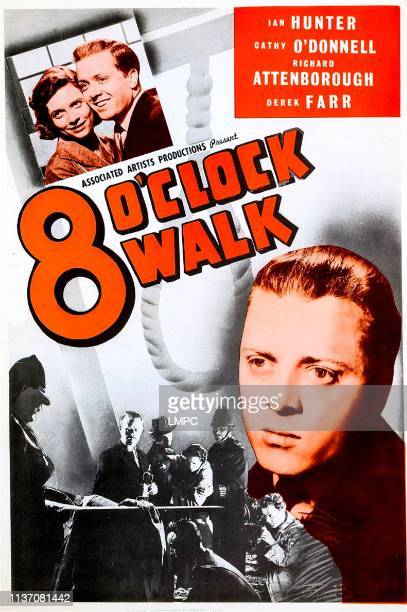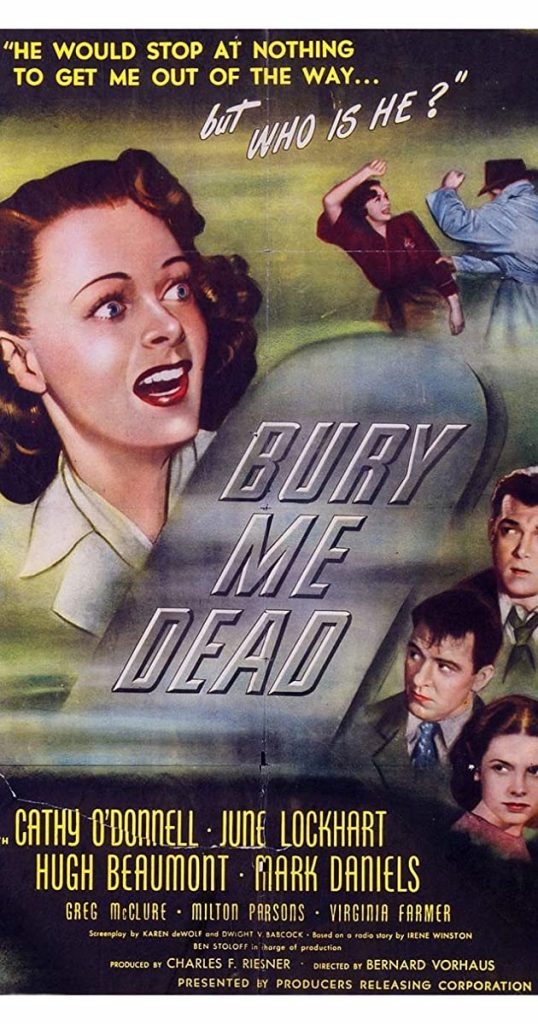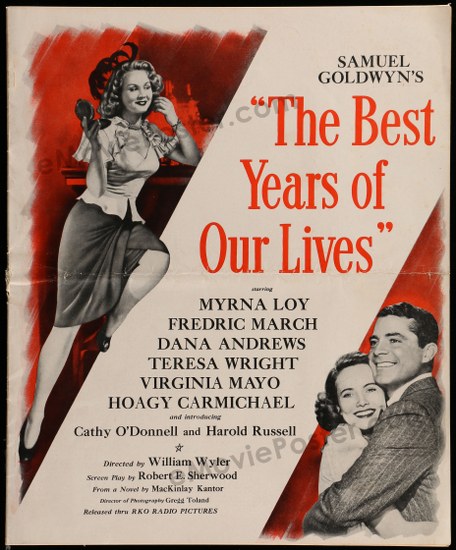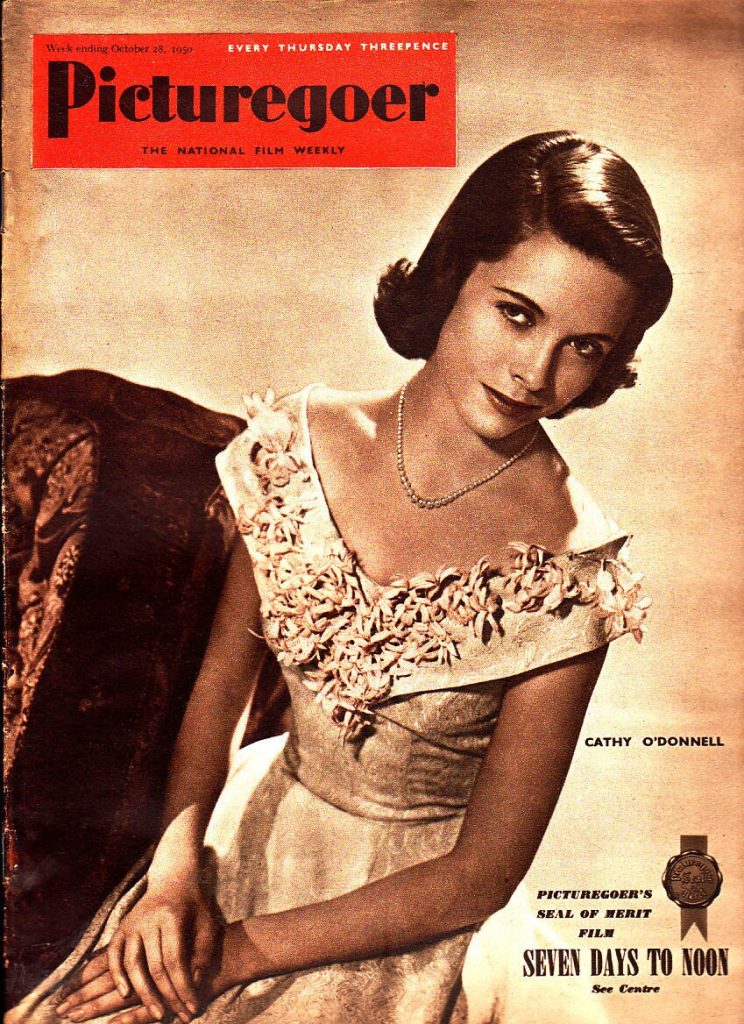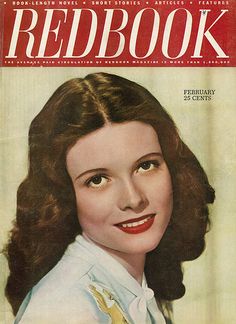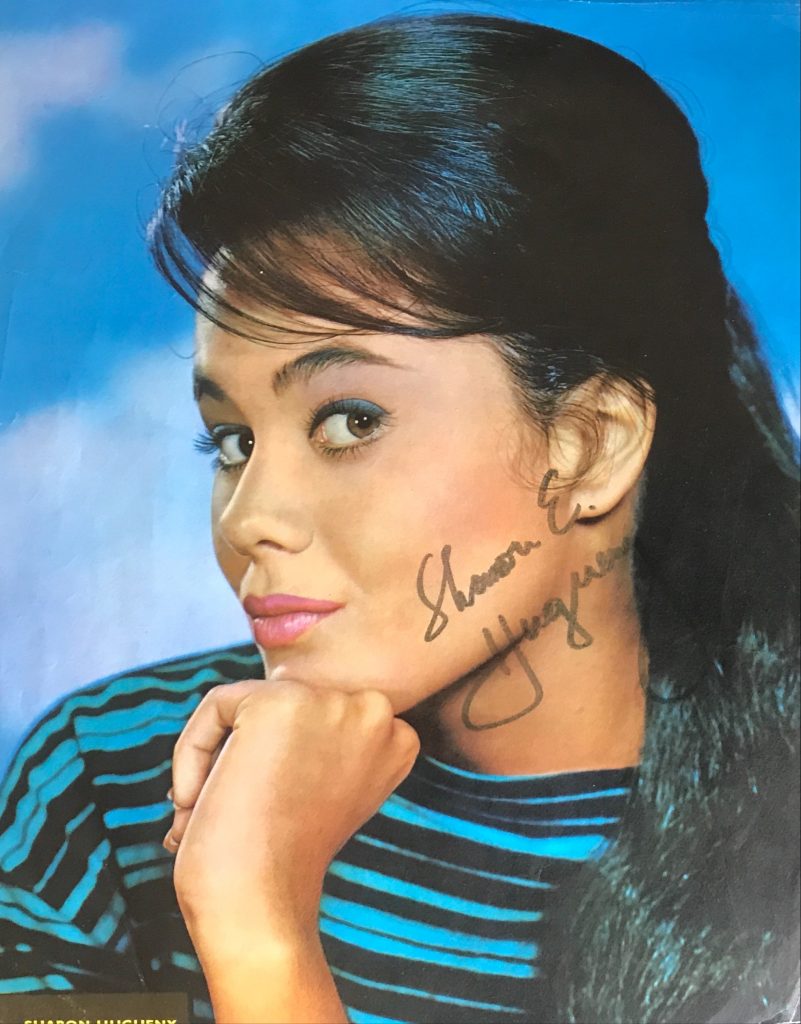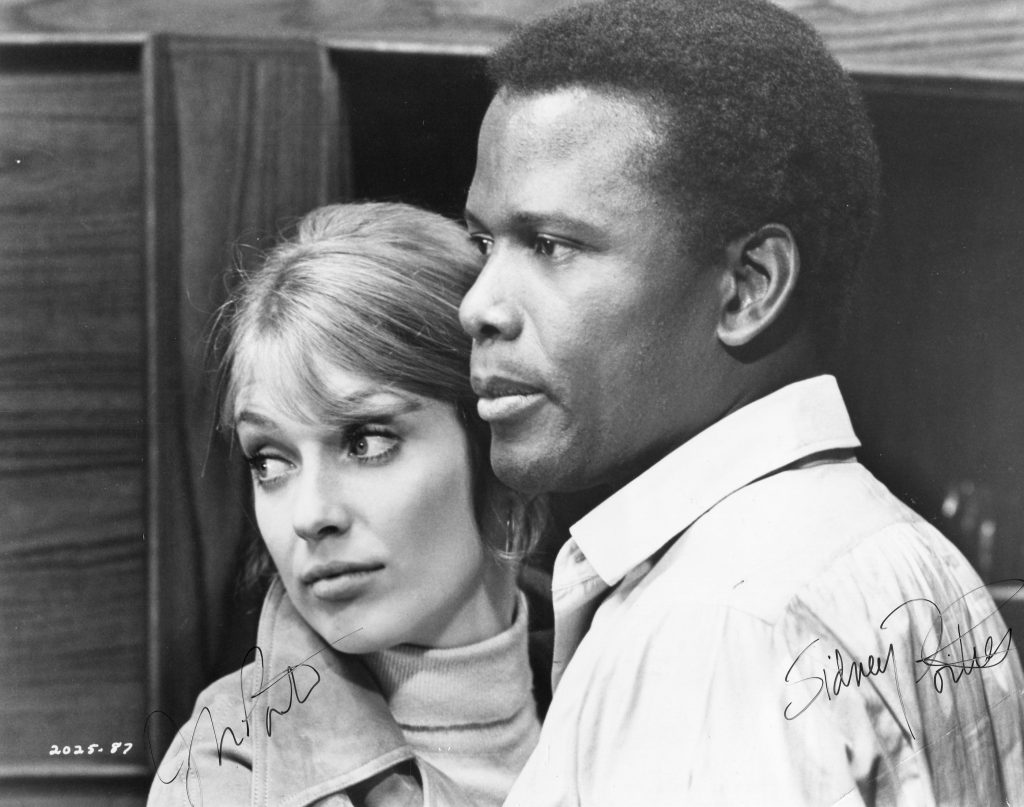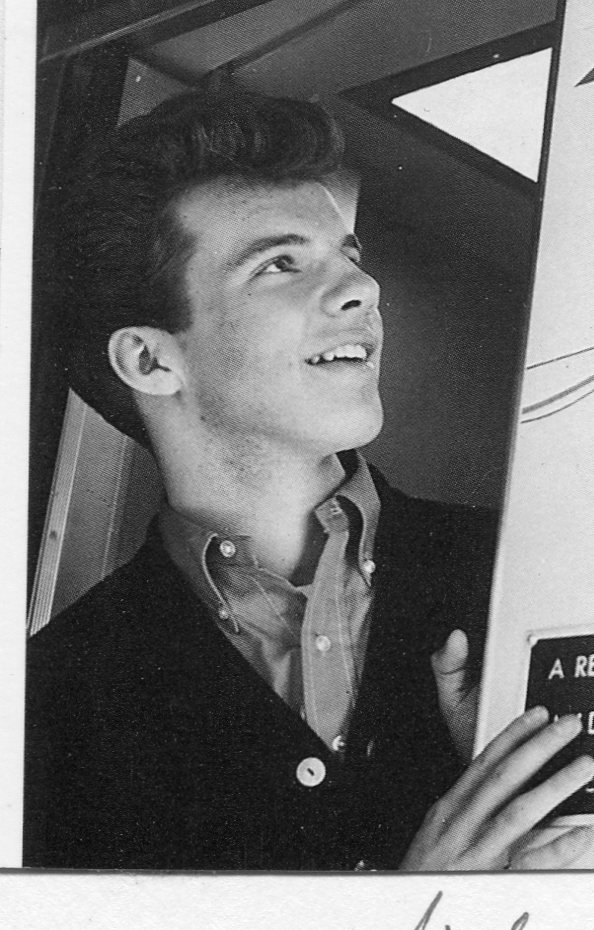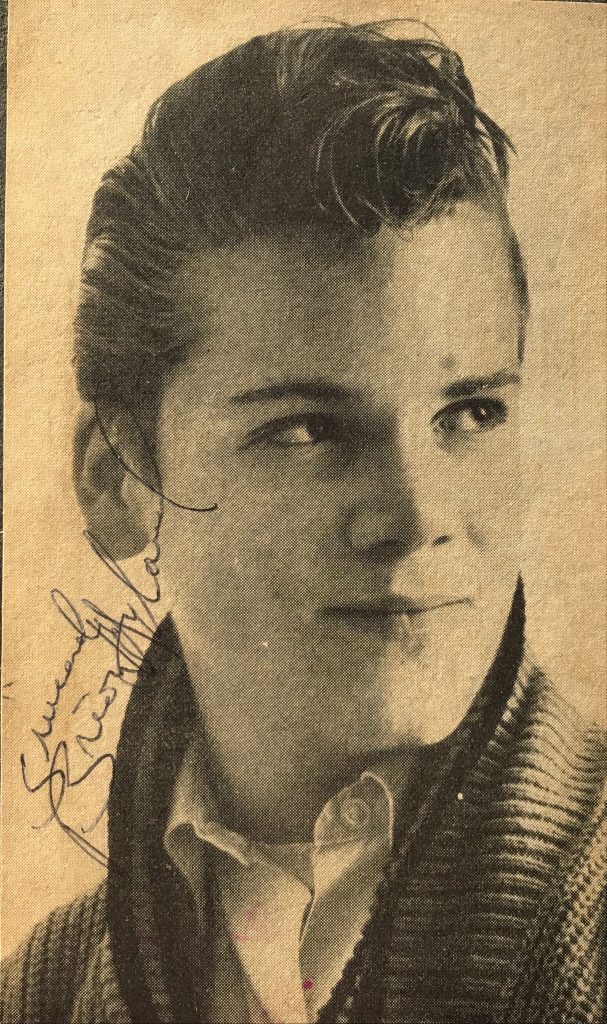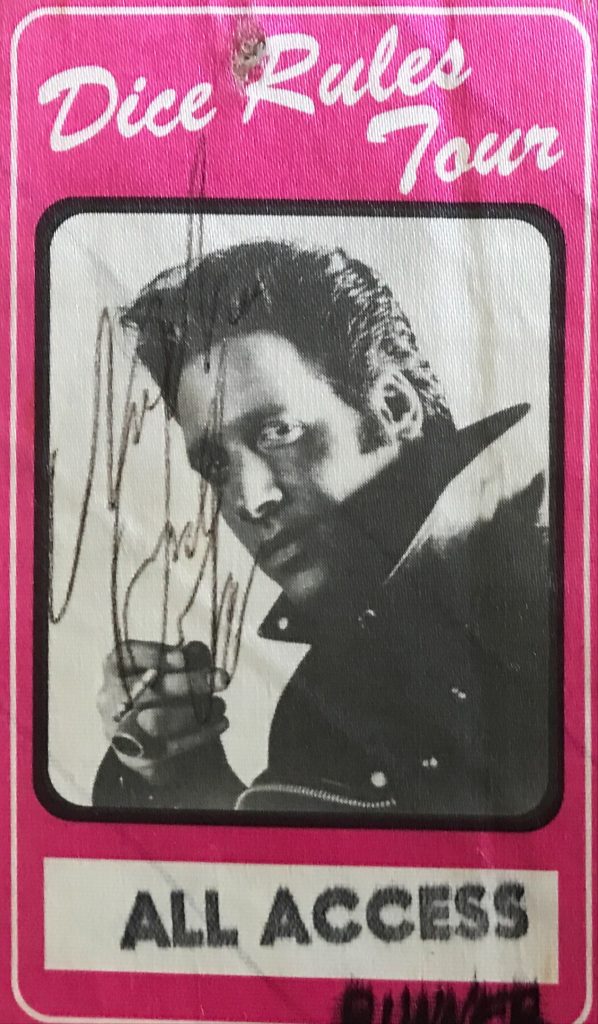
Shirley Yamaguchi obituary in “The Guardian” in 2014.
Filmic evidence has often been produced in war trials, but Li Xianglan, who has died aged 94, had the distinction, in 1945, of being prosecuted for treason in China for the fictional roles she had played. Having depicted on screen Chinese women falling for members of the Japanese occupation forces, she read in the newspapers that she was to be publicly executed at Shanghai’s horse track. Then, as if in the plot of a baroque opera – a genre that would have suited her vocally – her family register was smuggled in, within the head of a doll.
The document proved that Li had been born Yamaguchi Yoshiko, the daughter of Japanese parents in Manchuria, a colony of Japan before the second world war. Yamaguchi became one of millions to be repatriated to the main Japanese islands. But her singing talent, fame, and ability with languages was to propel her through careers in journalism and politics.

When their daughter was born, Yamaguchi’s parents had befriended two influential Chinese men; the girl became their goddaughter and so also acquired the Chinese name Li Xianglan. Her musical talent was developed by lessons with professional singers, often Russian. From the age of 13 and using another Chinese name bestowed upon her, Pan Shuhua, she attended high school in Beijing. Here she added to her proficiency in Mandarin – unusual enough among Japanese settlers – by acquiring all the mannerisms of Chinese girls.
In 1934, recruited by a radio station to sing Chinese tunes, she used her adopted name of Li Xianglan, which she retained as her career developed. By the age of 18, she had been recruited by Manchuria Film Productions, or Man’ei, the rapidly expanding film studio in Harbin, Manchuria. The initial idea had been for her to sing, but Man’ei rapidly realised that it could develop her acting and personality to further its transnational aims.

The problem for the commercially minded propagandists at Man’ei was that its early films had little success in China, with films such as China Nights(1940) faring much better in Japan. The three Chinese characters of her stage name rendered into Japanese as Ri Koran, the performer always appeared in a Chinese qipao dress, and her recordings launched a craze for “continental” songs and films. Back in China, the film, where it was not boycotted entirely, caused particular offence by showing the star taking a violent slap from her Japanese admirer as a proof of affection, resulting in marriage in short order.

It was films such as this that were produced as evidence for the prosecution in Shanghai. In reality, virtually no one had seen them, even after the considerable Chinese success of her later film Eternity (1942), from which came her hit song Stop Smoking, about opium.
Up to the end of the war, Shanghai periodicals doted on the persona of Li Xianglan. Li’s Japanese origin was never entirely obscured, even though the star continued to represent China’s young women. Taking daily English and Russian lessons in Shanghai, Li was better equipped than most to deal with the defeat of her native Japan, but being put on trial for her roles seems to have come as a genuine shock.
Back in Tokyo, her fame still lay in her persona as Ri Koran. The script of Desertion at Dawn (1950), initially an adaptation by Akira Kurosawa, went through six major rewrites under occupation censorship. Strongly condemning militarism, it depicted the love of a Japanese soldier for a Chinese “comfort woman”. Its success at the box office prompted further nostalgic musical memories of the empire that were less nuanced as the moral crusade of the occupation had dissolved. But Yamaguchi went on to star in a Kurosawa film, Scandal (1950), which dealt with the media-hounding of an actress.

Yamaguchi travelled to the US that year, taking the first name Shirley. She starred in two Hollywood films, and befriended figures such as Charlie Chaplin, working on the musical soundtrack of Limelight (1952). Her marriage to the American sculptor Noguchi Isamu in 1952 lasted only a few years, and she was later denied entry to the US because of her association with names such as Chaplin.
Her final acting appearances came in some Hong Kong films, apparently lost in a fire. By this time, she had married a Japanese diplomat, Otaka Hiroshi; formally, she kept her married name Otaka Yoshiko after his death in 2001.
To later generations in the 1960s and 70s she was known as a television journalist on Asian subjects, often focusing on Palestine and women’s issues. She pursued these concerns as a representative of the upper house of the Japanese legislative body, the Diet, for 18 years.
A musical of her career ran in Tokyo for more than 20 years. Her voice may yet be her most enduring legacy. Recordings from Russia, seemingly acquired and treasured by postwar Red Army soldiers, can be heard on YouTube, and testify to a voice that hits every note in the middle, without a hint of vibrato.
• Yoshiko Yamaguchi (Li Xianglan), actor, journalist and politician, born 12 February 1920; died 7 September 2014























